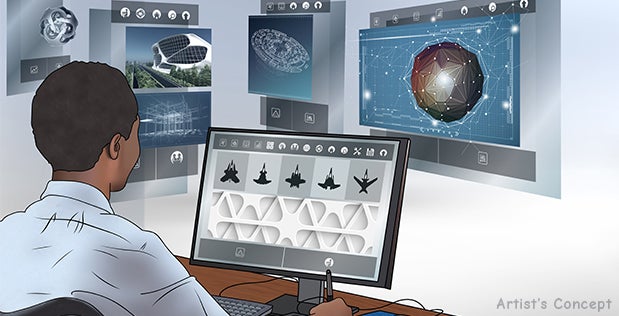DARPA Announces Results of FETT Bug Bounty Program and TRADES program
Between July and October 2020, DARPA worked with the Department of Defense’s Defense Digital Service on a program known as “Finding Exploits to Thwart Tampering (FETT) Bug Bounty”. Over its course, 580 cybersecurity professionals worked to find weaknesses in American hardware which could be exploited by hackers.
Having conducted a three-month-long review of the data generated as a result, DARPA announced on January 28th that FETT has reinforced the value of hardware architecture developed as part of the System Security Integration Through Hardware and Firmware (SSITH) program. SSITH aims to “develop security architectures and tools that protect electronic systems against common classes of hardware vulnerabilities exploited through software”. FETT also allowed DARPA to detect a number of weak spots which will require further improvement.
Keith Rebello, the DARPA program manager leading SSITH and FETT, commented that:
“Knowing that virtually no system is unhackable, we expected to discover bugs within the processors but FETT really showed us that the SSITH technologies are quite effective at protecting against classes of common software-based hardware exploits. […] The majority of the bug reports did not come from exploitation of the vulnerable software applications that we provided to the researchers, but rather from our challenge to the researchers to develop any application with a vulnerability that could be exploited in contradiction with the SSITH processors’ security claims. We’re clearly developing hardware defenses that are raising the bar for attackers.”

Mid-January, DARPA had also announced the progress that had been made by its TRAnsformative DESign (TRADES) program which has been running since 2017. The program’s main goal was to create design tools needed to fully capitalize on the opportunities provided by 3D printing. Thanks to new Artificial Intelligence and computational technique advances, designers will now be able to create designs that had not been possible before.
Jan Vandenbrande, program manager in DARPA’s Defense Sciences Office, explained that:
“In the past four years, TRADES has explored new ideas from mathematics and computer science that have allowed us to now represent things – like parts and components – that are a million times more complex than current state-of-the-art systems can represent. […] We can now describe both shape and material in a coordinated way across multiple physics to allow intricate designs and to understand properties at every point on the produced part. The aim is to be able to mimic integrated hierarchical structures found in nature, where different sized structures respond to different types of physics.”
While both programs are of a rather “behind the scenes” nature, they will undoubtedly have an impact not just on the future of military technology but that of the civilian world as well. DARPA described the TRDES program as “of interest to defense and commercial manufacturing”.

